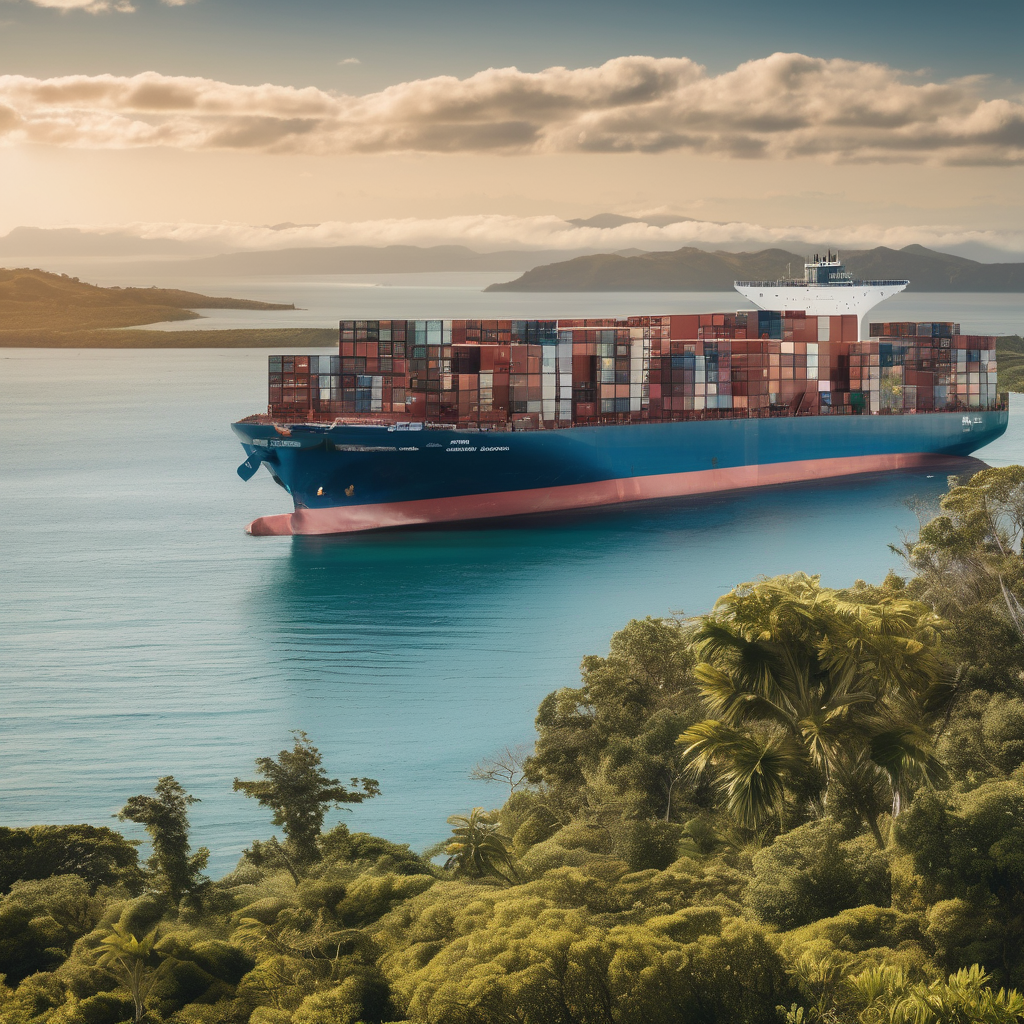Fiji and Vanuatu have entered into a new partnership aimed at strengthening ties, but significant freight costs are posing substantial challenges to trade between the two nations. Prime Minister Sitiveni Rabuka recently acknowledged this issue in Parliament, pointing to high port charges, practices within Fiji Ports Corporation, and steep shipping line fees as the main obstacles hindering trade.
Rabuka is optimistic that with decisive action from the government and transport agencies, these issues can be addressed. He stressed the importance of collaboration among stakeholders involved in trade, such as seaports and airports, to tackle the financial strains impacting both Fiji and Vanuatu’s economies.
Opposition MP Vijay Maharaj also highlighted the severity of the situation. He noted that shipping costs from Fiji to Vanuatu are markedly higher than from Australia to Fiji, which undercuts the advantages offered by the Melanesian Spearhead Group trade agreements. Maharaj urged the government to promptly intervene and reduce these costs, which are affecting businesses and logistics.
In a move to deepen cooperation, Fiji and Vanuatu signed a Memorandum of Understanding on September 10, covering a range of sectors including trade, labor mobility, education, and health. This agreement aims to formalize cooperation and establish a foundation based on mutual trust and neighborly care.
This trade pact is expected to create frameworks for enhanced governance, economic growth, and regional security. By emphasizing collaboration and shared values, the agreement reflects a regional trend towards more integrated economic partnerships, which could spur resilience and prosperity for both nations.
High freight costs are a persistent issue not just in the Fiji-Vanuatu corridor but across other Pacific regions, indicating a systemic problem that requires coordinated regional efforts. By focusing on addressing these barriers, both nations have the potential to bolster their economic dynamics and deepen their trade relationships. The commitment to sustainable growth through strategic partnerships promises a brighter future for the Melanesian region as a whole.
